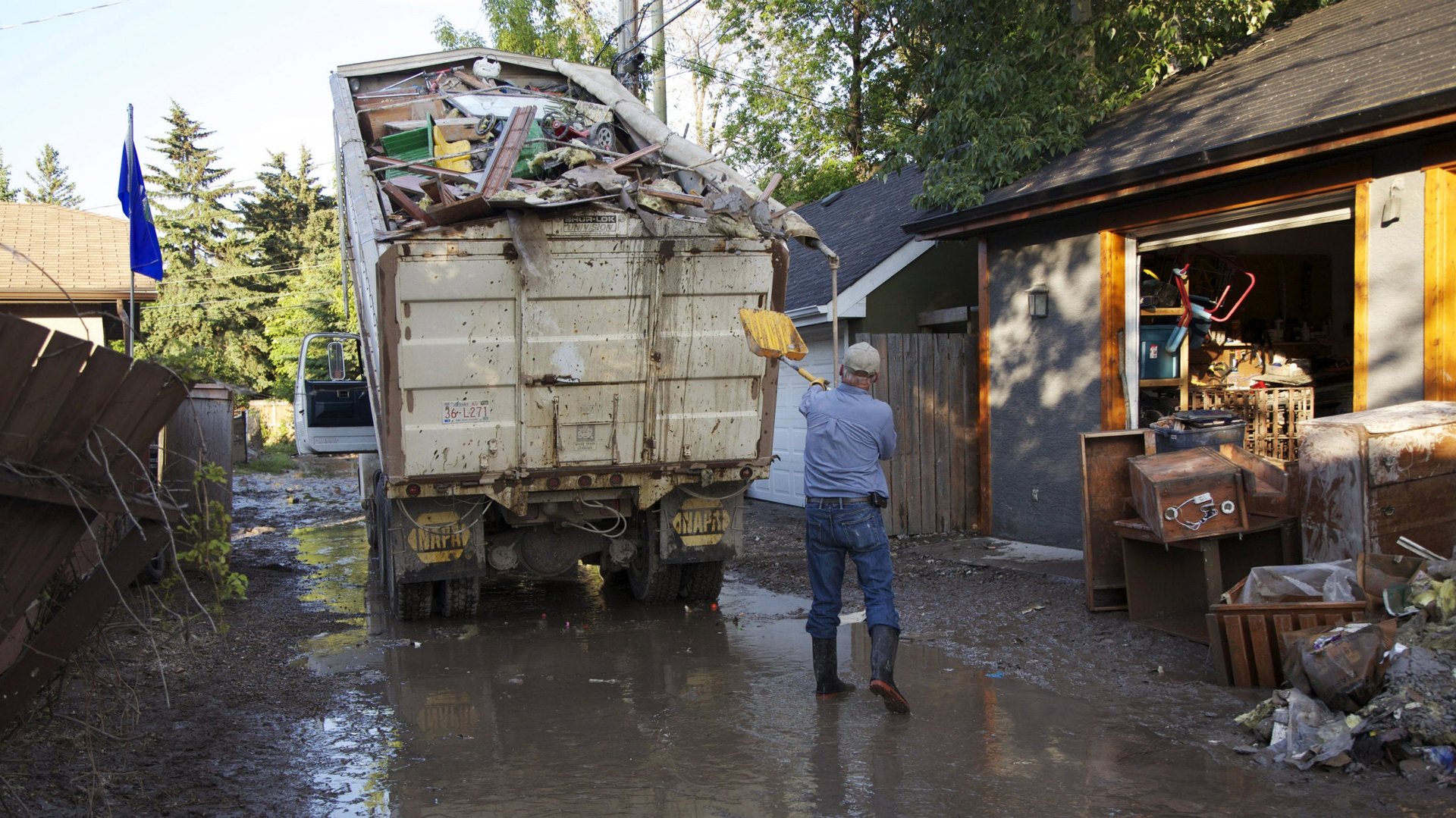What is a “bad bank” anyway? The Quartz bad-bank reader
Over the weekend Portuguese officials scrambled to rescue Banco Espírito Santo, one of the country’s largest banks. Unable to find private investors willing to prop up the bank’s rapidly deteriorating balance sheet, the government will instead use €4.9 billion ($6.6 billion) of its own funds to save the ailing lender.


Over the weekend Portuguese officials scrambled to rescue Banco Espírito Santo, one of the country’s largest banks. Unable to find private investors willing to prop up the bank’s rapidly deteriorating balance sheet, the government will instead use €4.9 billion ($6.6 billion) of its own funds to save the ailing lender.
Or, rather, only part of it. The bank will be split in two, with public funds going to “Novo Banco” (New Bank), which will house most of the bank’s deposits and viable assets. This leaves depositors and senior bondholders unscathed (for now).
The rapidly souring loans and securities to blame for bringing the bank down—namely, exposure to cash-strapped Espírito Santo family holdings and a teetering bank in Angola—will be quarantined in a separate “bad bank.” This institution is what shareholders and junior bondholders now own, with any hope of recouping their losses now dependent on the bank’s toxic assets turning out to be less radioactive than they seem today.
What’s in a name?
Bad banks, which aren’t new but truly came into fashion following the recent financial crisis, are something of a mini-obsession here at Quartz. Here are the highlights of our recent coverage, which will give you enough fodder to sound smart when, inevitably, Banco Espírito Santo’s bad-bank plan comes up over cocktails with friends. (What, just me?)
Take it from someone who helped set up bad banks across Europe—these things aren’t easy to manage. A restructuring adviser explained to Quartz why banks hive off “non-core” units, and whom they appoint to run them. Managers aren’t always keen to dispense with these units—their job is to sell or wind down the assets as quickly and profitably as possible, but this effectively puts themselves out of work.
Barclays recently dumped almost of third of its assets into a bad bank. Its problem-asset pen is now the largest, as a percentage of total assets, among big banks. For comparison’s sake, Banco Espírito Santo’s bad bank contains about 15% of the company’s pre-bailout assets, according to estimates by Citigroup.
Barclays’ move meant it took the bad-bank crown from UBS, whose “non-core and legacy portfolio” long reigned over other bad banks. From “run-off portfolios” to “exit quadrants” and “non-strategic” holdings, every bank has its own way of describing what amounts to financial gangrene. (Very rarely will they use the word “bad.”)
Sometimes bad banks make good. In RBS’s latest results, the group’s bad bank, known as RBS Capital Resolution, actually turned a small profit, with much lower loan losses and higher asset sale prices than at the same time last year. This will give shellshocked Banco Espírito Santo shareholders some cause for hope, although chances are they will recover only a fraction of their original investments.
- Further reading
We know you have a choice in websites, and we thank you for reading Quartz. But there is plenty of material elsewhere on the web worth reading about bad banks, including this report by McKinsey on the trade-offs and strategies employed by banks when push comes to shove. Two officials from the Swiss central bank described the inner workings of a bad bank in great detail for the Central Banking Journal. And for a broader historical perspective, read about two of the earliest examples of the concept in action, the Resolution Trust Corporation (pdf) set up in the wake of the US savings-and-loan crisis of the late 1980s and Sweden’s “asset management corporations” (pdf) created to clean up that country’s banking crisis in the early 1990s.